You can download and print NASA’s “Solar System and Beyond” Poster Set for free. The posters are best printed on 11”x17” paper.
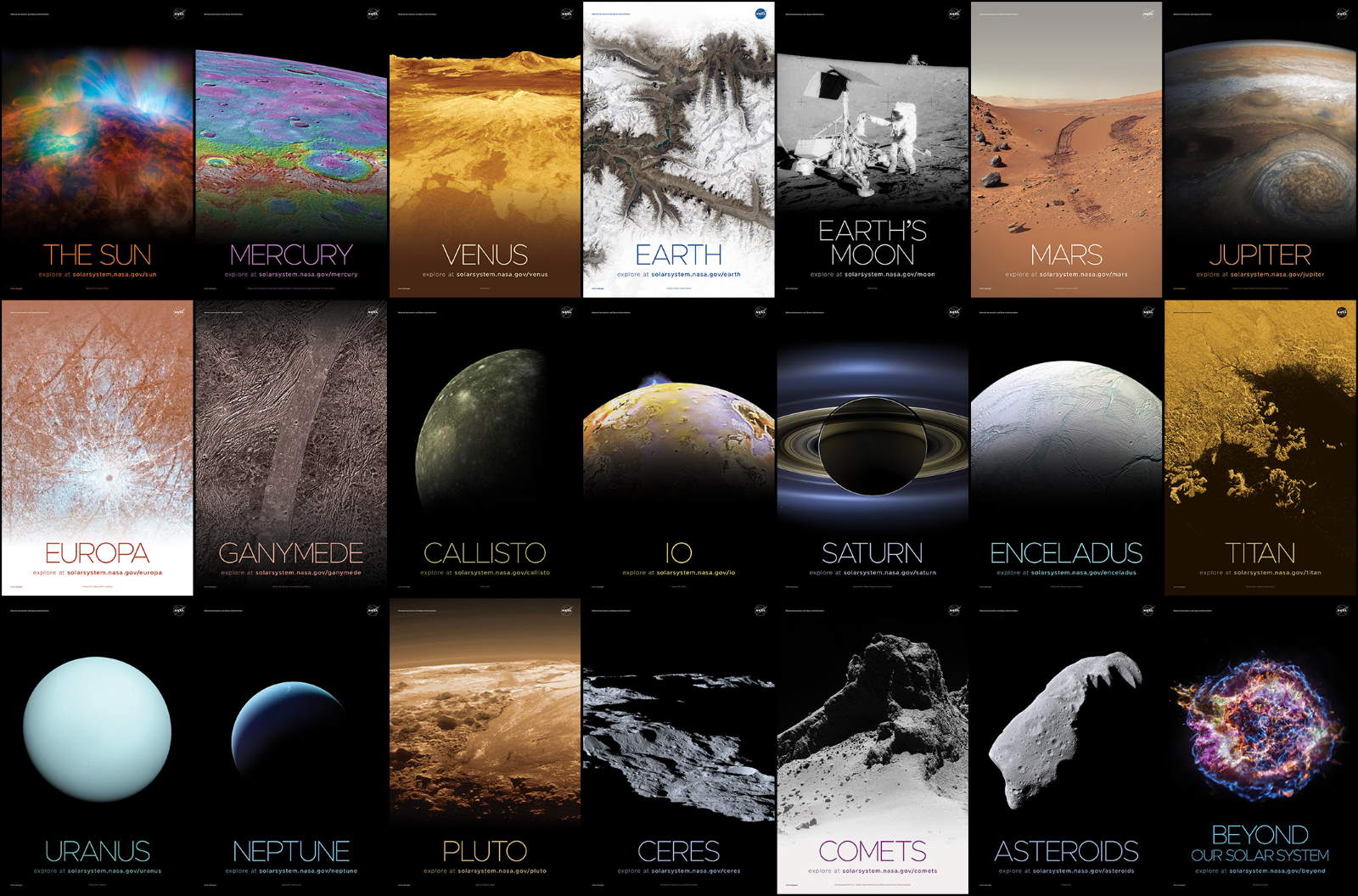

You can download and print NASA’s “Solar System and Beyond” Poster Set for free. The posters are best printed on 11”x17” paper.

On October 12, 2019, the NASA/ESA Hubble Space Telescope provided astronomers with their best look yet at the first confirmed interstellar comet – the 2I/Borisov (originally designated C/2019 Q4).
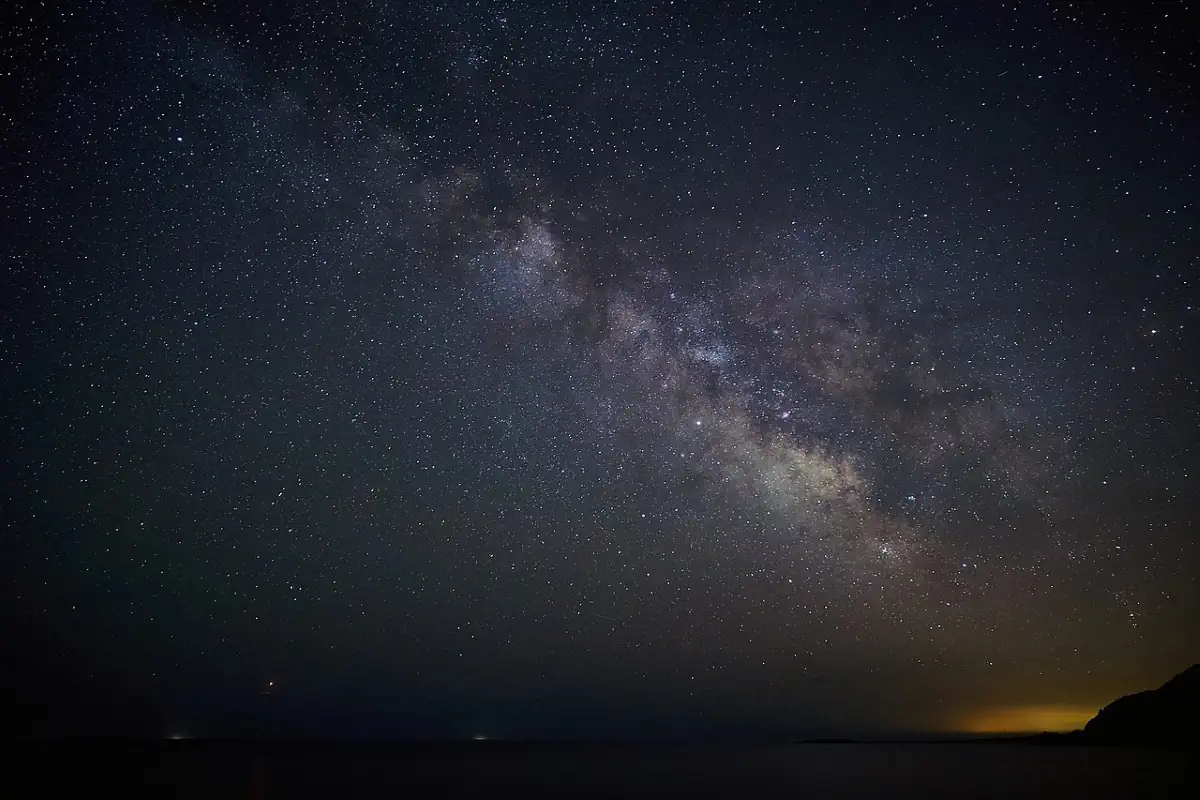
Did you know that the Moon and space itself have a smell? Space has a lot of surprises. Here are the 10 lesser-known space facts.
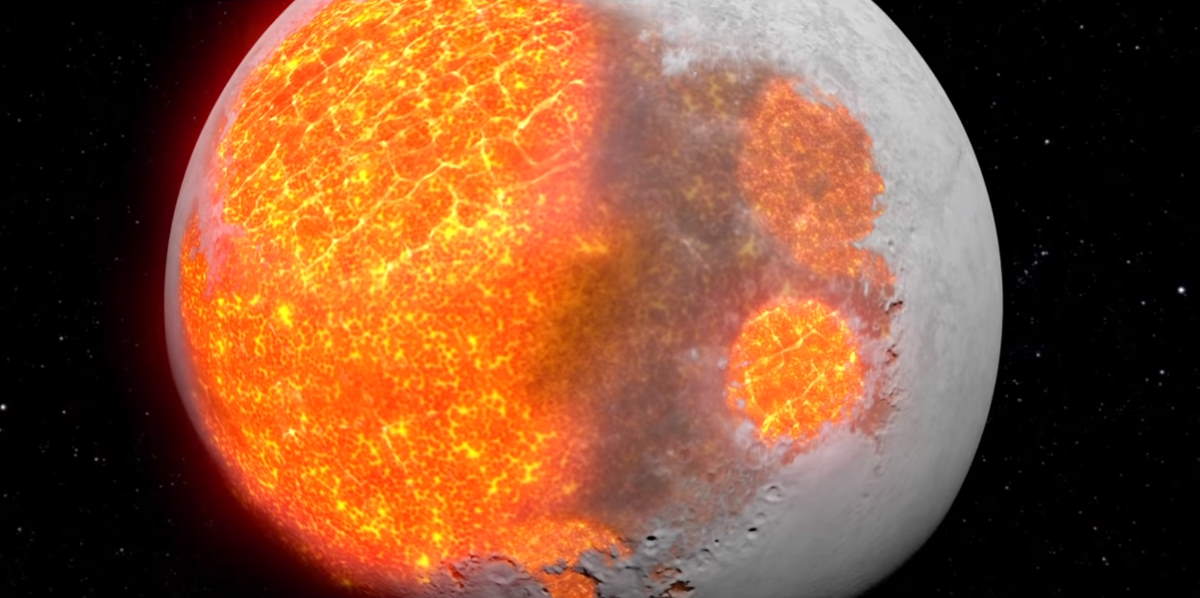
Today, on average, the Moon is 384,400 km (238,000 miles) away from the Earth. But that was not always the case. Our satellite was much closer in the past. Now, Dr. James O’Donoghue (@physicsJ on Twitter) created the animation below showing the ancient distances and apparent size of the Moon.
The animation also includes the current distance and apparent size of the moon in the Earth’s sky.
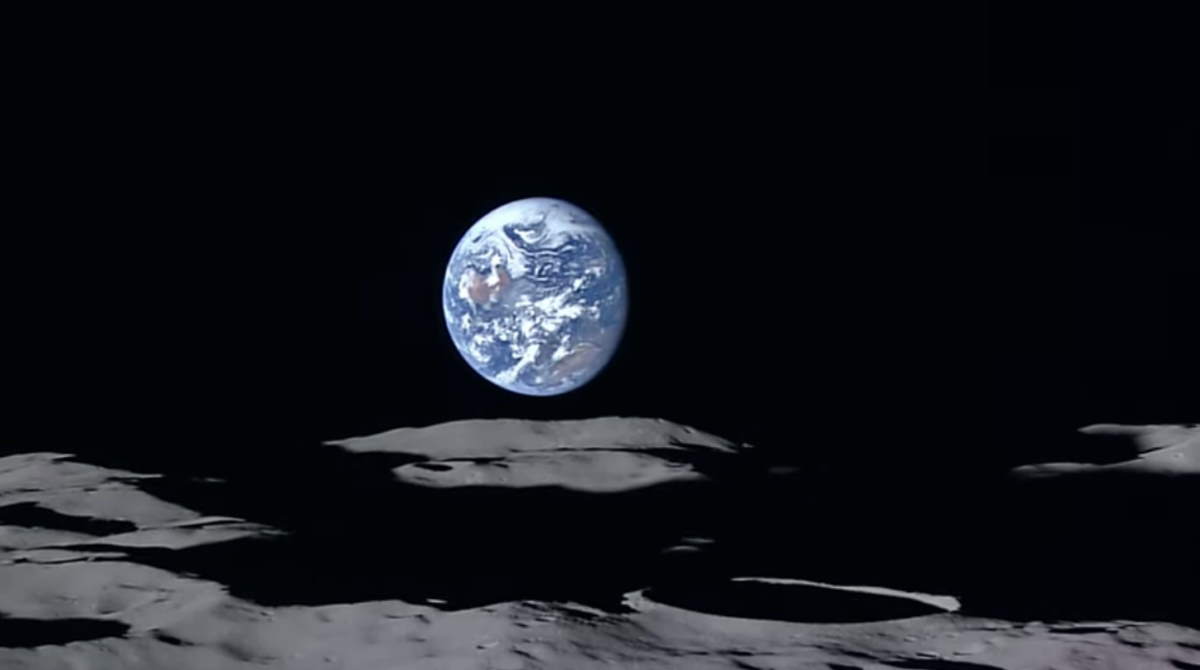
The amazing video below is a showcase of spectacular imagery obtained by Japan Aerospace Exploration Agency’s (JAXA) Kaguya/SELENE spacecraft which orbited the Moon for a year and eight months and returned stunning views from its HDTV camera suite. A must-watch!
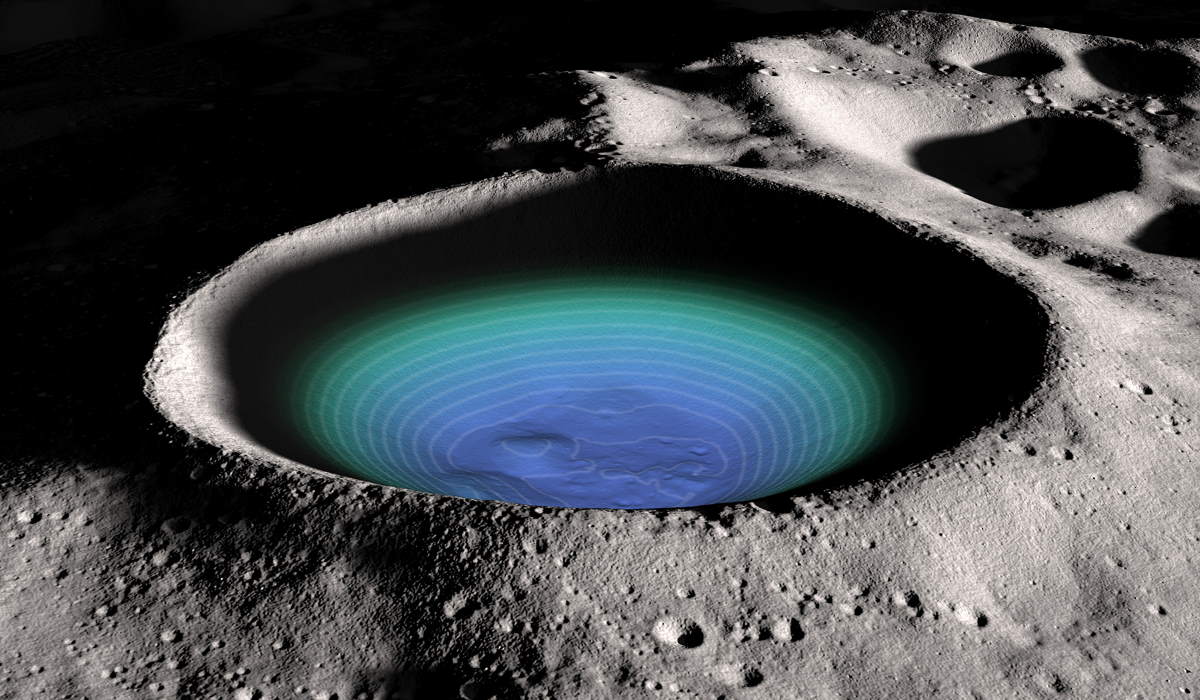
What if we fill a crater on the moon with water? Can we create a lake on the moon? Would the water stay in this artificial lake?
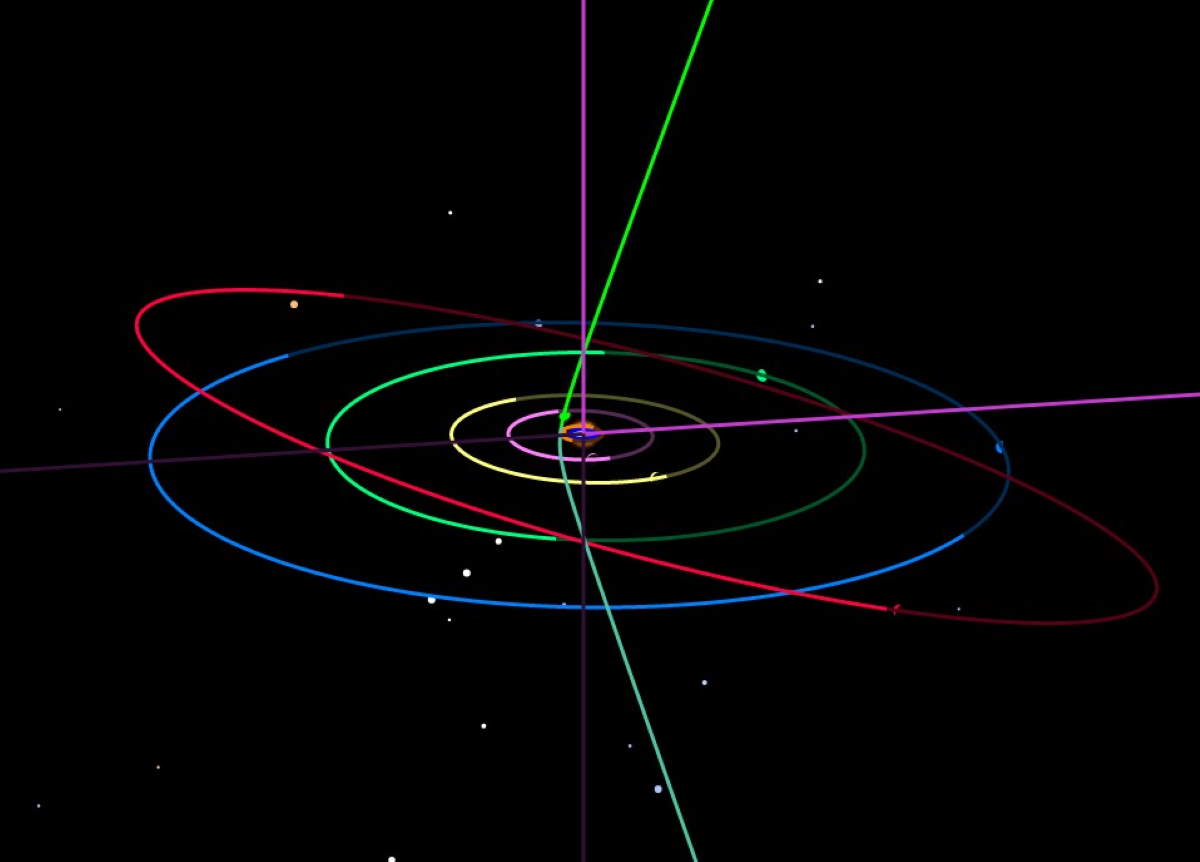
After ʻOumuamua, now we are likely to have another interstellar visitor beyond our solar system: comet C/2019 Q4 (Borisov). So the interstellar objects entering the solar system may not be rare at all.
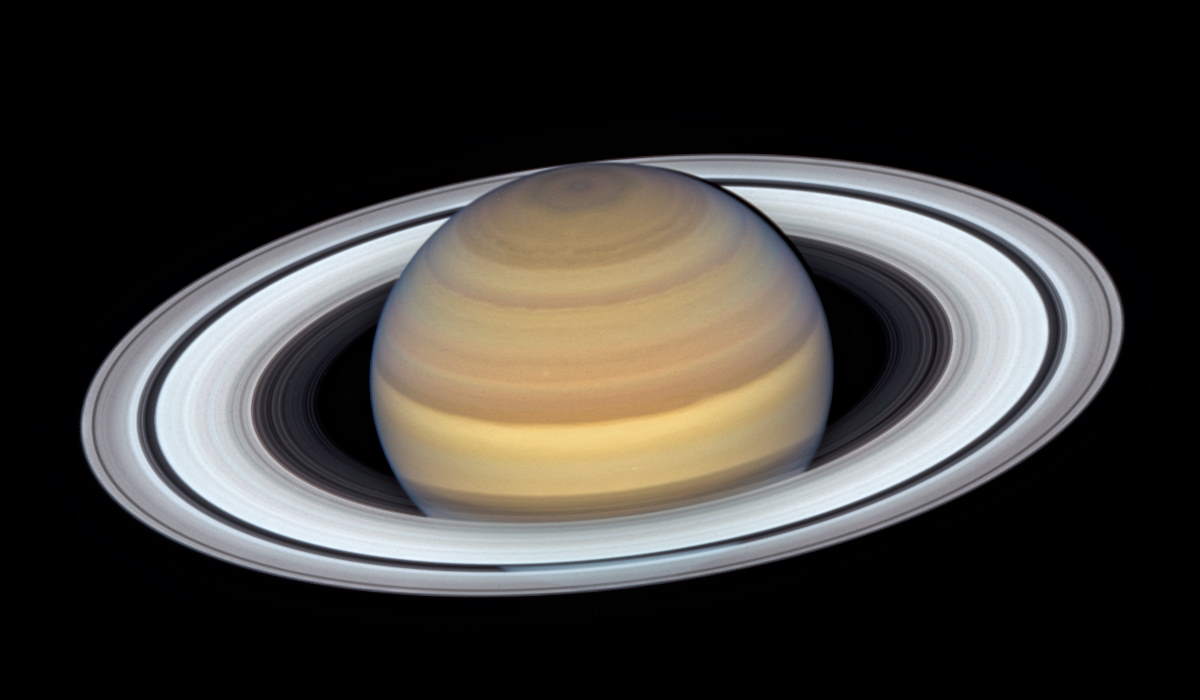
On June 20, 2019, Hubble Space Telescope snapped this beautiful portrait of Saturn and its rings at the ringed planet’s closest approach to Earth. The image was published on September 12, 2019.

To see exactly where the spacecraft and the celestial bodies (planets and other astronomical objects) really are, right now, you can use NASA’s real-time, 3D solar system model.

Now we’re living on a warm, hospitable planet. As Carl Sagan has said “That’s home. That’s us. On it everyone you love, everyone you know, everyone you ever heard of, every human being who ever was, lived out their lives.” We, humans, are the unquestionable rulers of our little oasis in a hostile universe. But all things must pass. Life on Earth, even the planet itself, won’t last forever. What’s more, humans may go extinct before our planet (and probably before the life on it) dies out. Here are some possible (and horrible) ways how planet Earth (or, at least, life on Earth) could die.